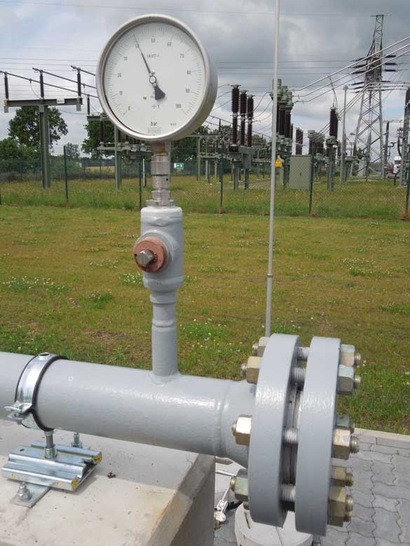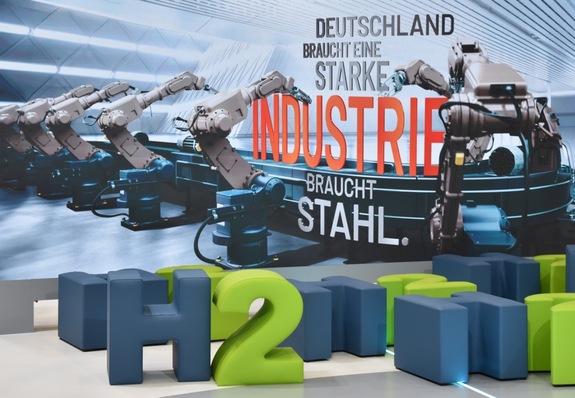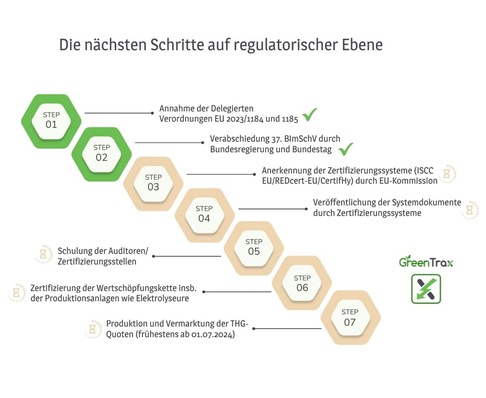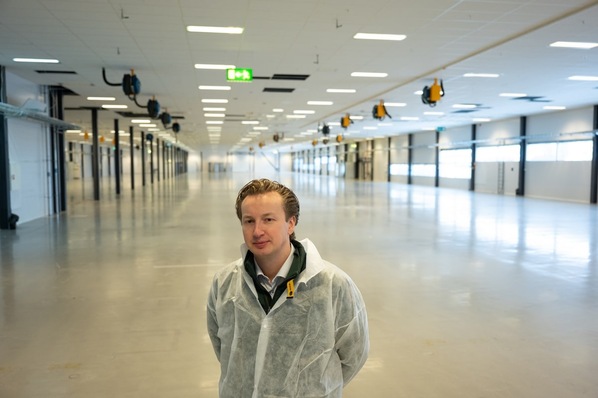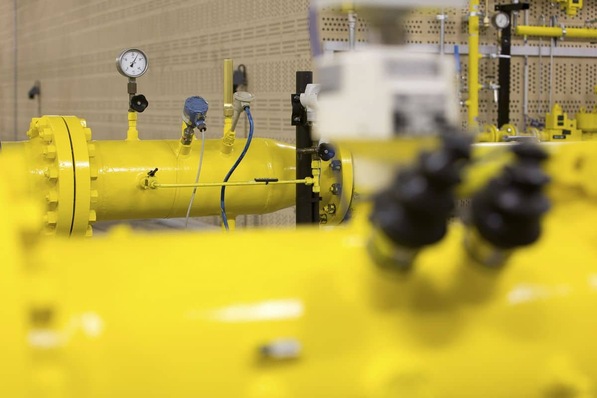The requirements for the quality of fuel gases of the public gas supply are specified in Arbeitsblatt G 260 “Gasbeschaffenheit” (“G 260 Technical Rule ‘Gas quality’”). Since the version from May 2021, it also includes a gas family for hydrogen. This so-called 5th gas family includes two different purity levels. Group A requires an H2 content in the gas of at least 98 percent and group D of more than 99.97 percent.
With the publishing of G 260, Arbeitsblatt G 262 “Nutzung von Gasen aus regenerativen Quellen in der öffentlichen Gasversorgung” (use of gases from regenerative sources in public gas supply), which had specified the quality of renewable gases fed into the grid, was withdrawn. Users, however, still need to comply with the ordinance for entry into the German gas network (Gasnetzzugangsverordnung, GasNZV). It requires that biogas, which legally includes hydrogen from regenerative sources, comply at the feed-in point and during feed-in with the conditions laid out in the 2007 version of DVGW reference sheets G 260 und G 262. As a result, the regenerative gases fed into the network, to date, must still adhere to the standards set out in these earlier reference sheets.
The new G 260 reference sheet does not set a concentration limit for the hydrogen content of methane-rich gases of the 2nd gas family. However, this content is indirectly limited by the ranges of permissible combustion characteristics that must be adhered to. Furthermore, the gas infrastructure and applications concerned must be demonstrably suitable for the given H2 content. In the evaluation of the combustion characteristics, it should be taken into account that the composition of the methane-rich gas strongly influences the combustion characteristics of a methane-hydrogen mixture.
Author: Dr. Klaus Steiner - Erdgas & Verwandtes, Bochum


